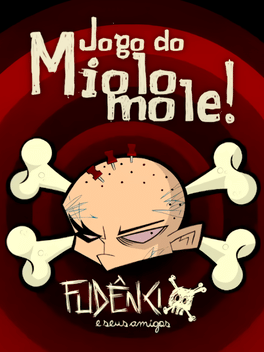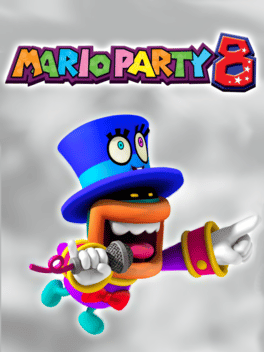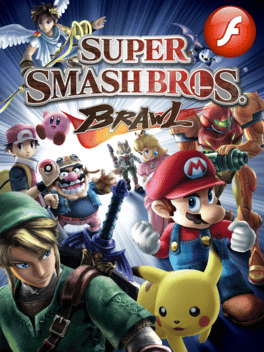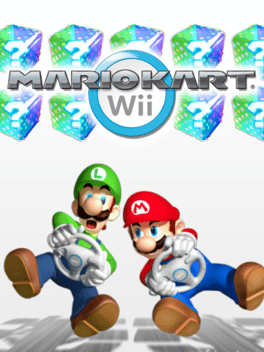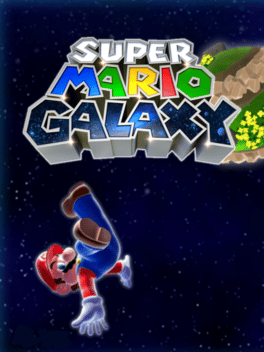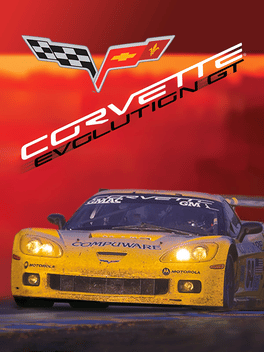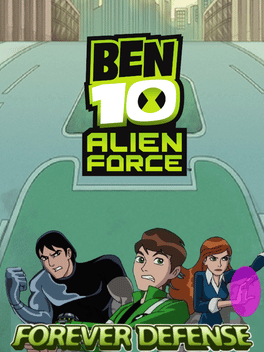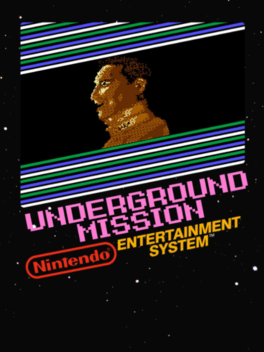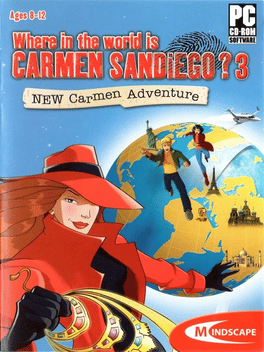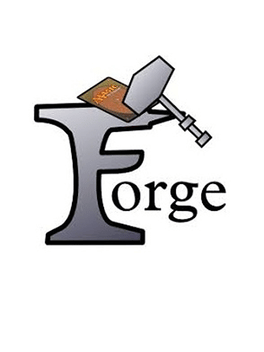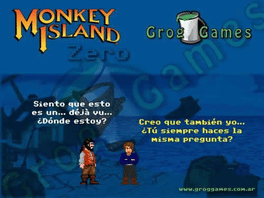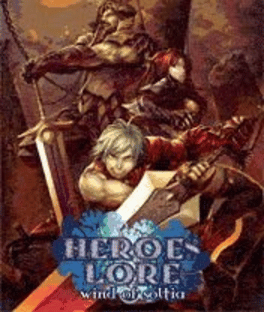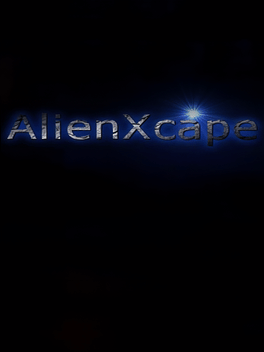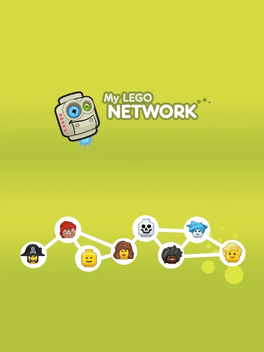New Games - Page 9854
-
Turtle Racing
2008
-
Fudêncio e Seus Amigos: Jogo do Miolo-Mole!
2008
Jogo do Miolo-Mole is a memory game with the main characters of Fudêncio e Seus Amigos which released exclusively through the first season DVD set. It can be played on a computer if you insert the DVD into the disk drive. -
Nik Jam Violator
2008
-
Dating Sim
2008
Dating Sim
2008
You play as a guy who is conflicted between fantasy and reality, and tries to get a girlfriend. There are three girls and three endings. Who will you end up with? -
Mario Party 8
2008
Mario Party 8
2008
The Mario Party 8 dice game is an Adobe Flash game published by extra toxic as part of its Nintendo advent calendar microsite. The game was made to promote Mario Party 8. -
Super Smash Bros. Brawl
2008
Super Smash Bros. Brawl is an Adobe Flash game published by Extra Toxic as part of its Nintendo advent calendar microsite. The game was made to promote the game of the same name. Once the player starts the game, the player will have to alternate between clicking on one of their swords to send a beam into the opposing character (when that character is not using a shield on that spot), and holding up their own shield to deflect the other character's sword. While the character that the player is facing will change after either character hits the other, the player is always playing as Mario. The game ends when either the player or the computer-controlled character hits their opponent five times. If the player wins, the game will save the amount of time it took for them to finish the game as the player's record. -
Mario Kart Wii Item-matching Game
2008
The Mario Kart Wii item-matching game is an Adobe Flash game published by extra toxic as part of its Nintendo advent calendar microsite. The game was made to promote Mario Kart Wii. -
Super Mario Galaxy Star Bit
2008
The Super Mario Galaxy Star Bit game is an Adobe Flash game published by extra toxic as part of their Nintendo advent calendar microsite. This game was made to promote Super Mario Galaxy. -
Wario Land: The Shake Dimension
2008
The Wario Land: Shake It! bag game is an Adobe Flash game published by extra toxic as part of their Nintendo advent calendar microsite. The game was made to promote Wario Land: Shake It! -
Ben 10 Alien Force: Forever Defense
2008
An endless arcade style defense-based game where the player switches between Swampfire, Gwen, and Kevin to take on a never ending horde of Forever Knights. -
Underground Mission
2008
Underground Mission
2008
Underground Mission is an unlicensed shooter puzzle game published by Power Joy Ltd.. The objective of the game is to collect all the items dispersed around the stages and rescue a kidnapped soldier. -
Where in the World is Carmen Sandiego? 3: New Carmen Adventure
2008
In ACME's New York branch, the Chief informs agent Julia that some of the world's greatest treasures have been stolen. The Chief suspects the thefts to be the work of Carmen Sandiego, but there is lack of evidence to confirm it. Julia along with Adam Shadow are sent to find the thief and recover the treasures, before news of the theft reaches the public. Matt Forrest provides technical assistance during the mission. After many investigations around the world and putting together a digital map of Atlantis, it turns out that Carmen Sandiego had been intercepting ACME communications and planned this entire mission. Carmen Sandiego steals the map and heads to South America. -
Forge
2008
Forge
2008
Forge is a Magic The: Gathering simulator with multiplayer, singleplayer and adventure modes. It runs on java and is available for Windows and Android. -
Monkey Island Zero
2008
-
Heroes Lore: Wind of Soltia
2008
The world of heroes to rescue it from the evil. Take part in this epic adventure, full of fights with monsters, searches in mysterious dungeons, the earths of sorcery and monsters. Swords, axes, boards and magic will be your faithful companions in this game. Investigate the world of dungeons, cities and the earth, facing hordes of malicious beings. Use all arsenal of swords, axes, boards and the reservation which you can unite with magic and create the new unique weapon. With knowledge of Heroes, the adventure takes a new lath in the world of mobile phones. Operate the elements and cause powerful trustees to make your adventure easier. Resist your destiny and become the true 'Hero!' -
AlienXcape
2008
AlienXcape
2008
AlienXcape is a 3D first-person shooter set in a science fiction world where you were captured during your last raid on the Wymacet horde. Now you must find a way out of your cell and fight your way through three levels. -
My Lego Network
2008
My Lego Network
2008
My LEGO Network (or MLN for short) was a Flash and ASP.NET-based social networking site built specifically for children by the LEGO Group. It integrates standard social networking with a gaming function, where players can advance through the Ranks and exchange virtual prizes. The game also allows interactions with other players and computer-controlled Networkers through pre-written mail messages and integrates with the showcasing systems of LEGO.com. -
Gummibär Mobile Game
2008


